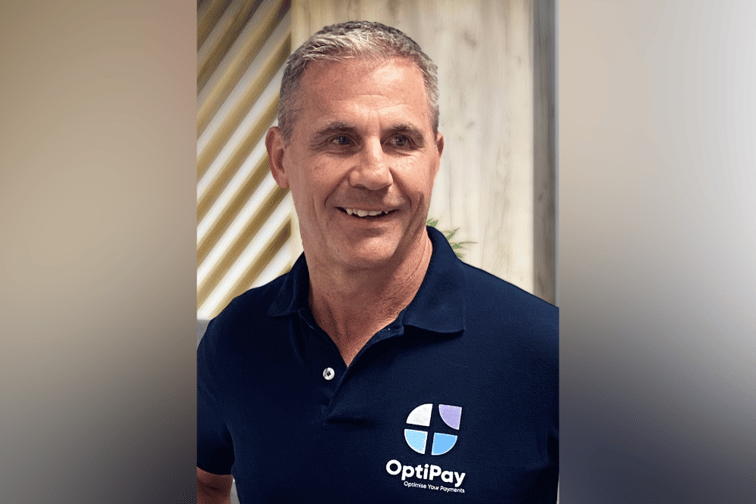

An invoice finance specialist firm is encouraging Australian businesses to plan their cash flow budget carefully at the end of the financial year, as surging interest rates, inflation, and tighter lending conditions continue to create a difficult operating environment for many SMEs.
“The end of the financial year is a time when many businesses look to prepare their budget for the financial year ahead and with an increase in operating costs and overheads in the current climate many are already forecasting challenges in the months ahead,” said Angus Sedgwick (pictured above), OptiPay CEO.
OptiPay, which specialises in invoice financing – a revolving line of credit against unpaid invoices – to improve business cash flow, reported a 20% increase in enquiries this month from businesses worried about needing extra support to grow their business in current conditions.
“We encourage businesses to come to us early when they’re in that growth phase so we can introduce an invoice finance facility that they can then draw upon if they need it,” Sedgwick said.
“This time of year, every business owner should be drawing up a cash flow forecast for the 12 months ahead and identifying challenging periods,” he said. “Knowing when your cash inflow and outflow are the highest can help you set aside a cash buffer earlier in the financial year.”
The OptiPay boss dished out some tips on how SMEs can improve their cash flow at EOFY:
Sedgwick said SMEs should consider offering incentives for early payment of invoices.
“Late payments hurt small businesses with some waiting up to three months to receive cash,” he said.
Sedgwick said SMEs should implement better systems to manage excess stock lying around.
“Think of it as essentially being valuable cash tied up for months on end,” he said.
The end of the financial year can be used to freshen up marketing campaigns by focusing on new digital campaigns and social media strategies, Sedgwick said.
Sedgwick urged SMEs to regularly review their outgoings to see which areas they may be overspending.
“It’s a balance of reducing costs without compromising on the quality of your services or products,” he said.
SMEs can also consider getting help to keep their cash flow on track, by first finding out what type of funding solution that will best suit their business needs
“Invoice financing, which allows you to be paid up to 90% of your outstanding invoice value upfront is a great option for growing businesses, with funds accessible within 24 hours,” Sedgwick said.
“When your customer pays and the funds are received by your debtor finance provider, they’ll remit the remaining 10% minus a small fee to compensate for early funding.
“For many businesses this gives them the security and peace of mind that they’ll have that extra cash when they need it.”
Use the comment section below to tell us how you felt about this.
